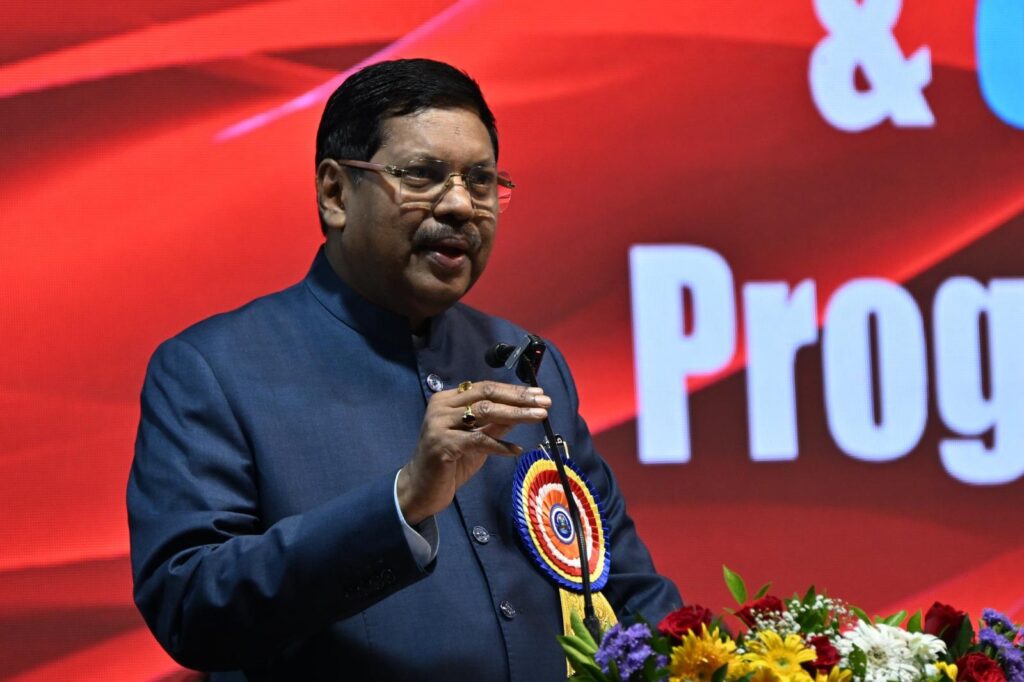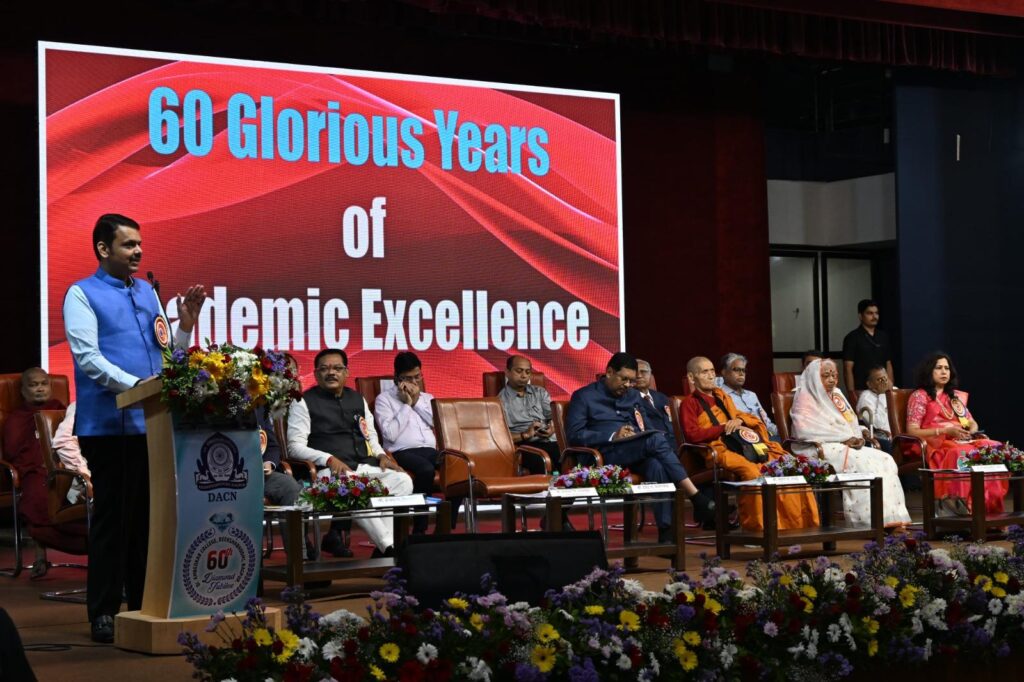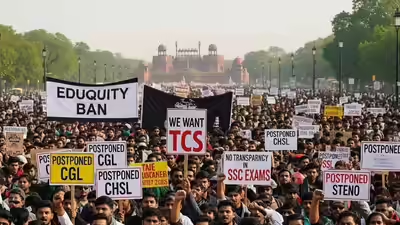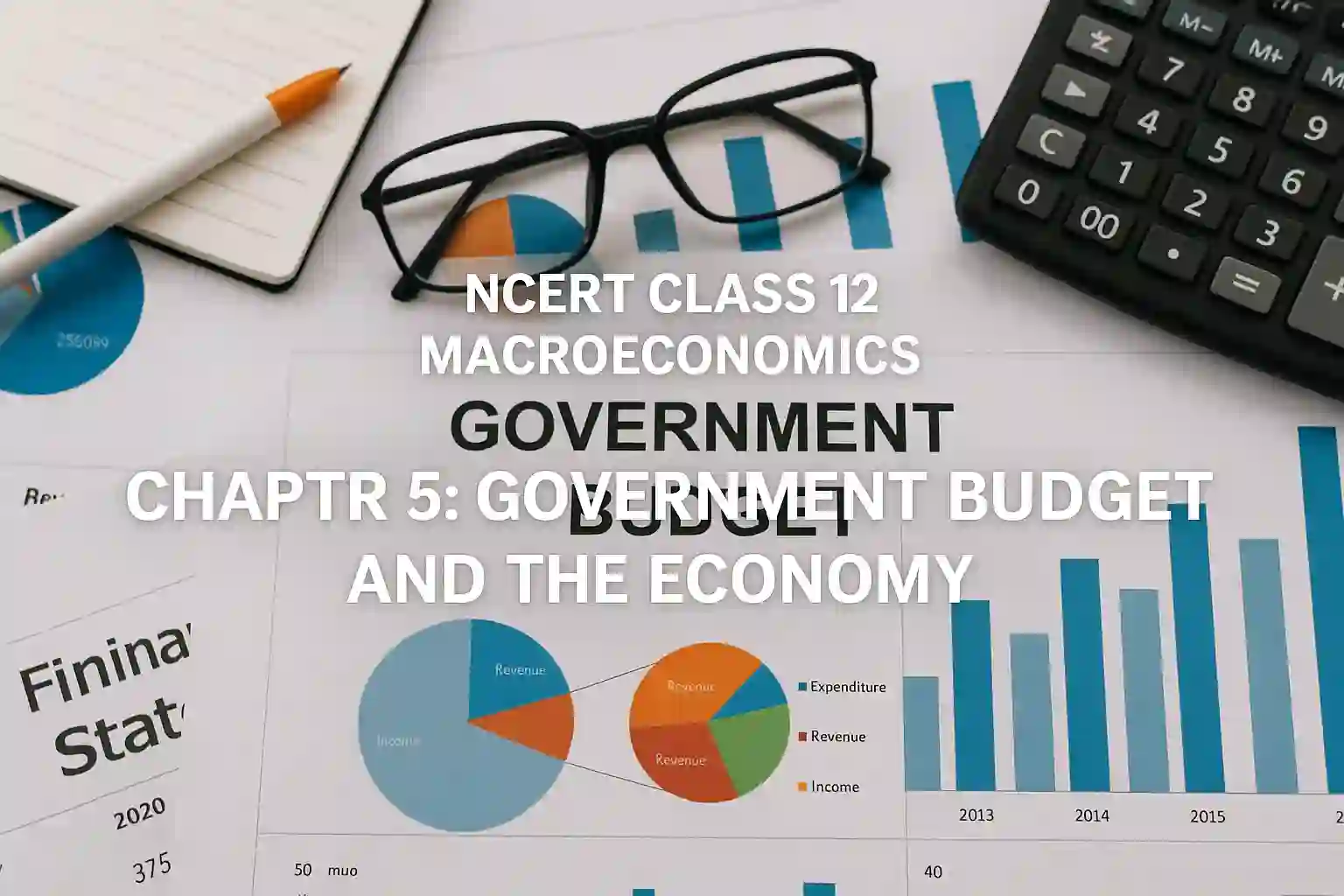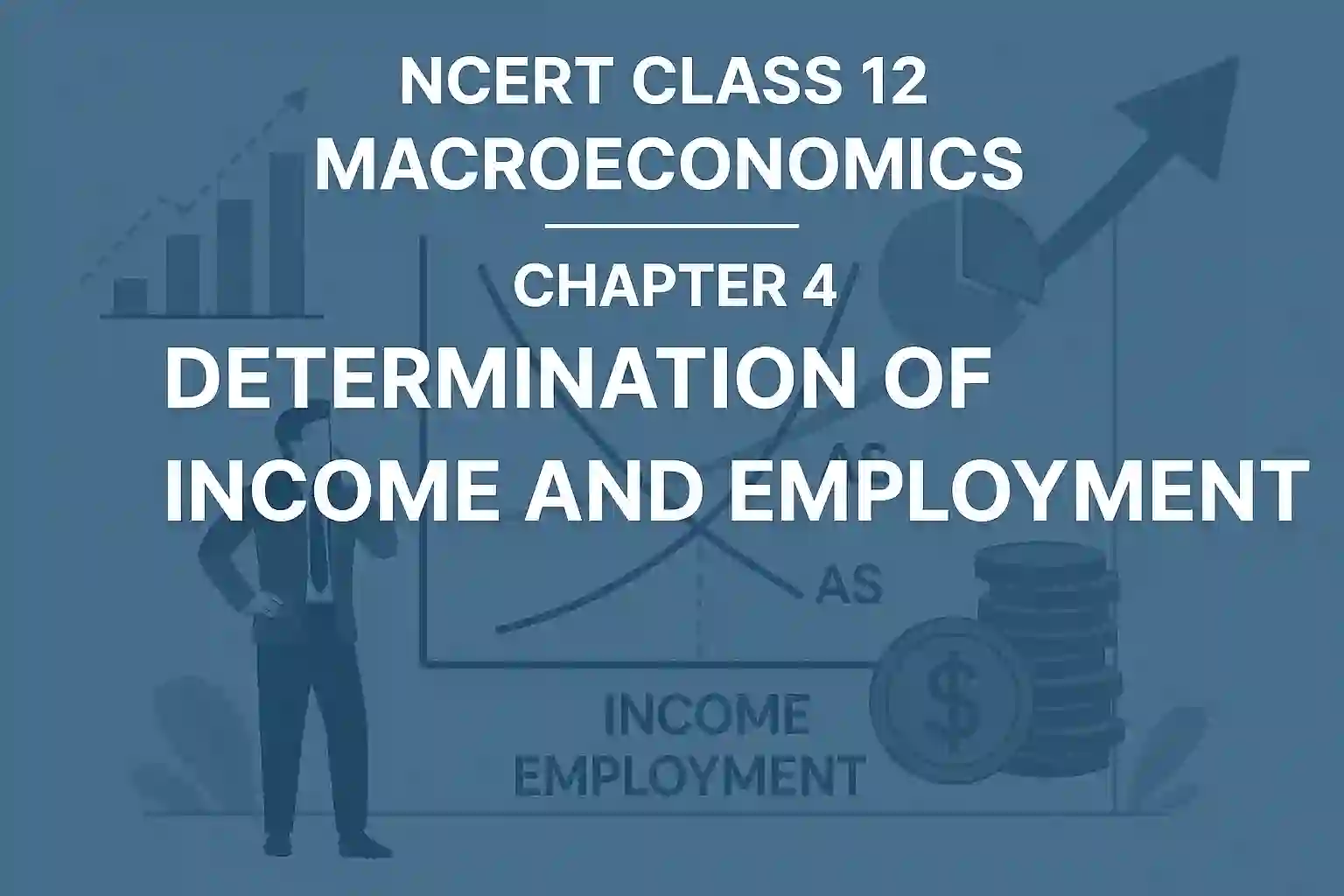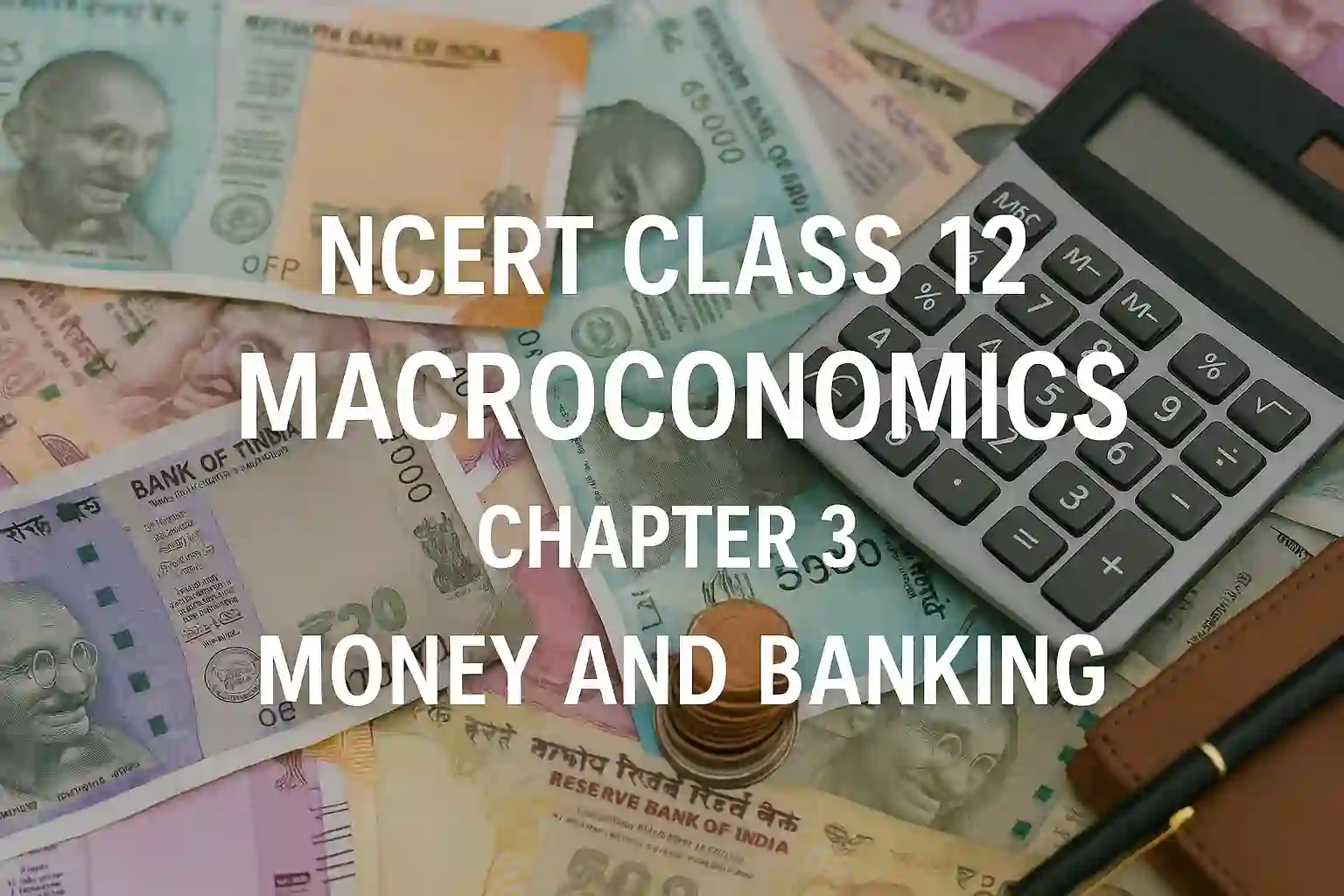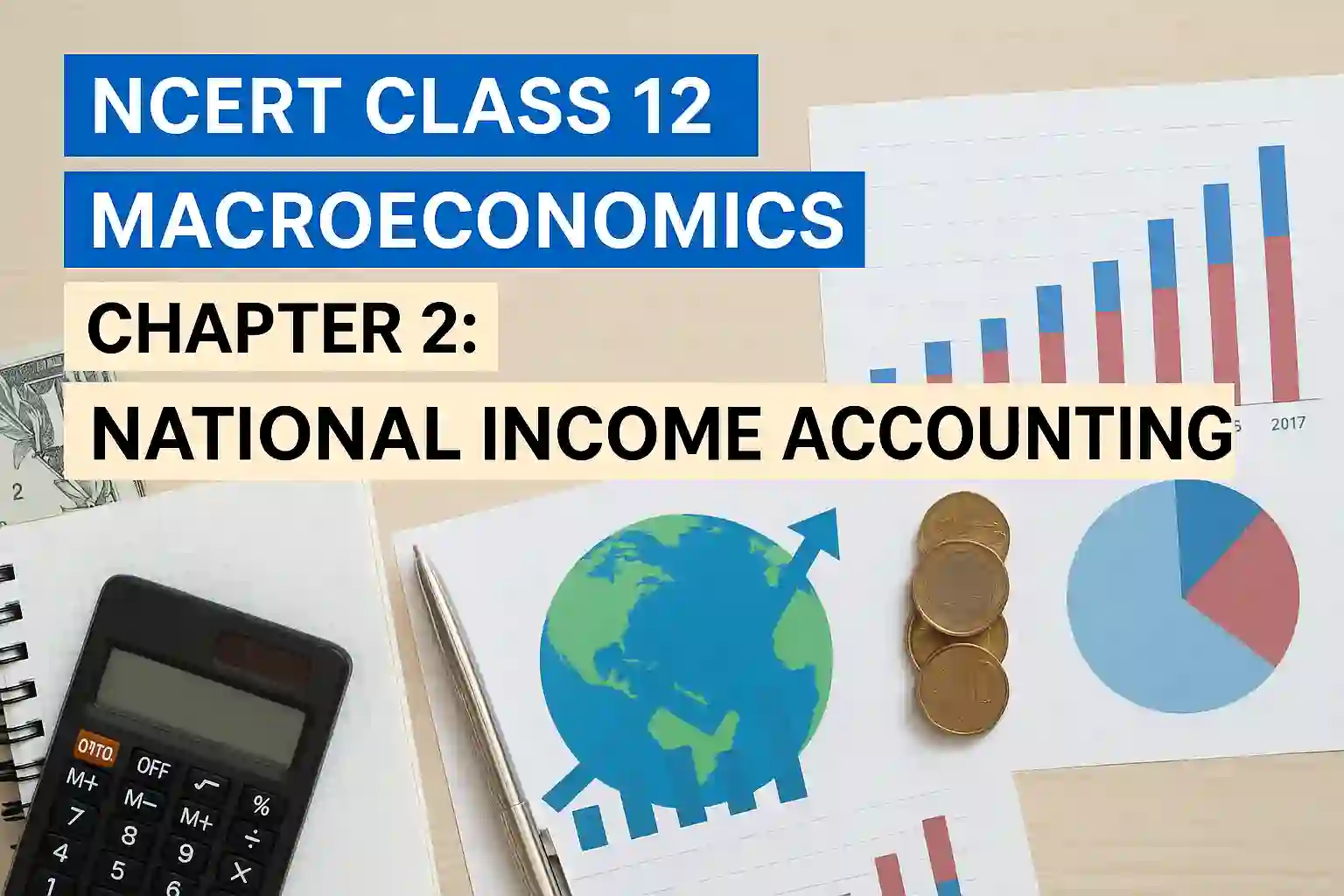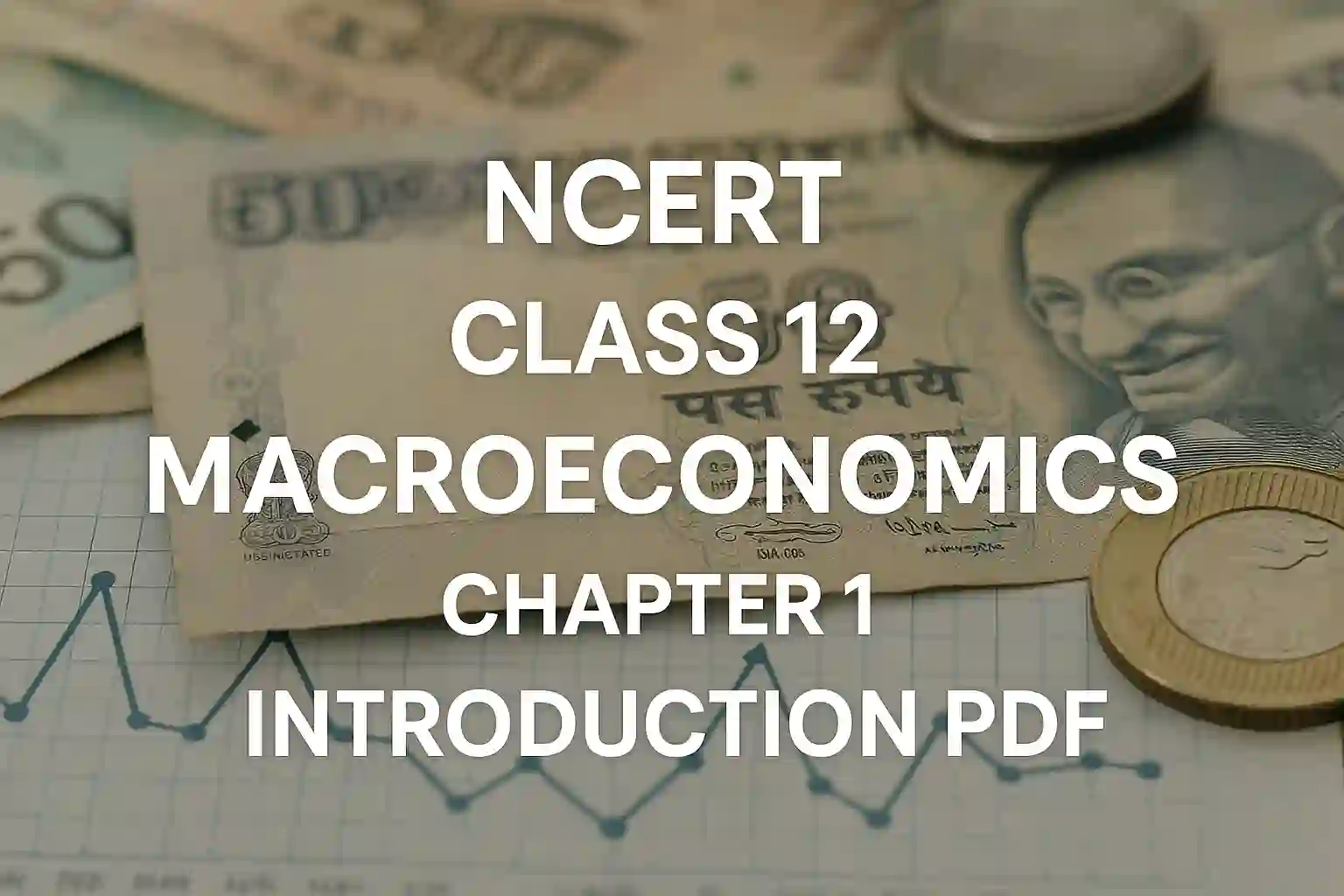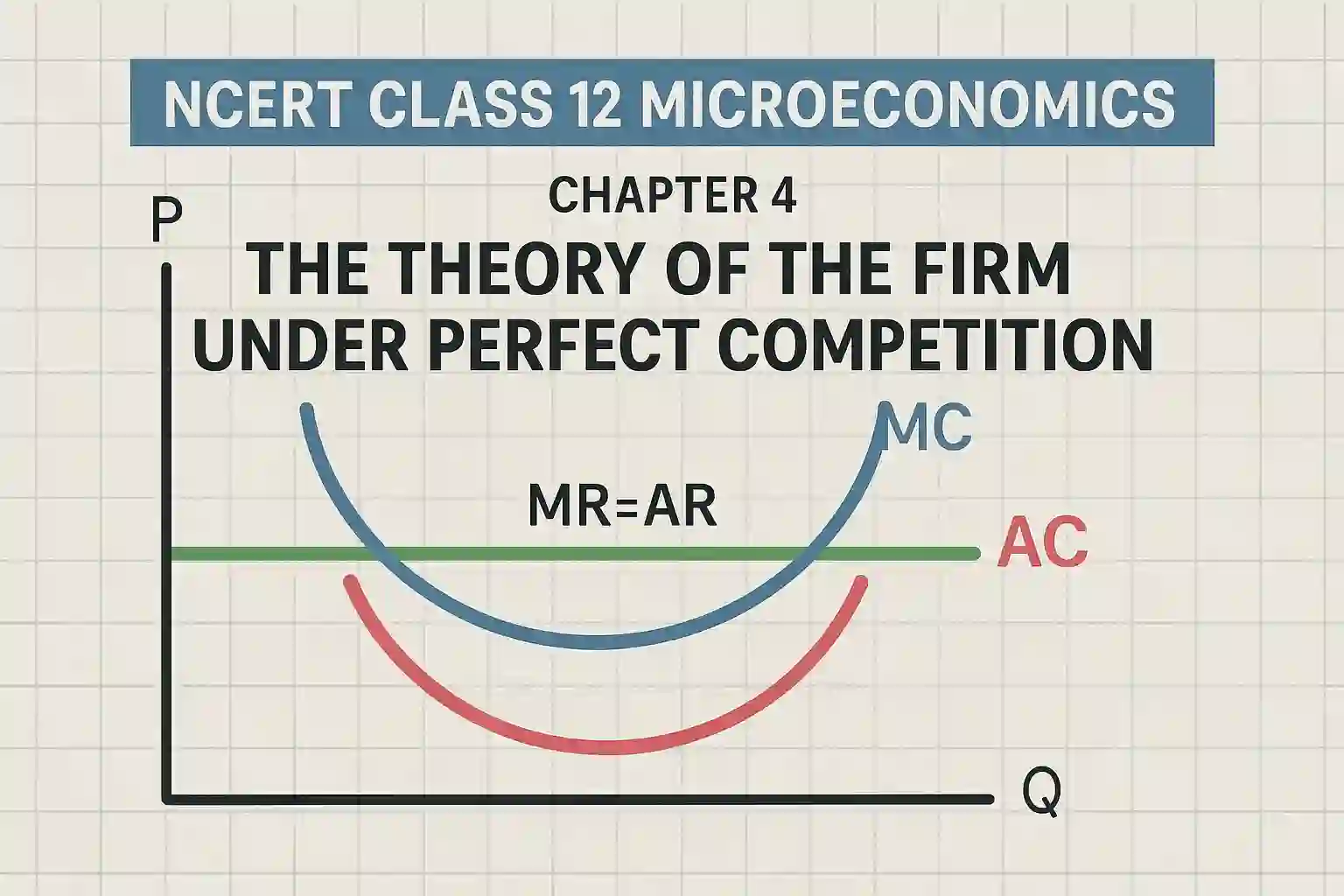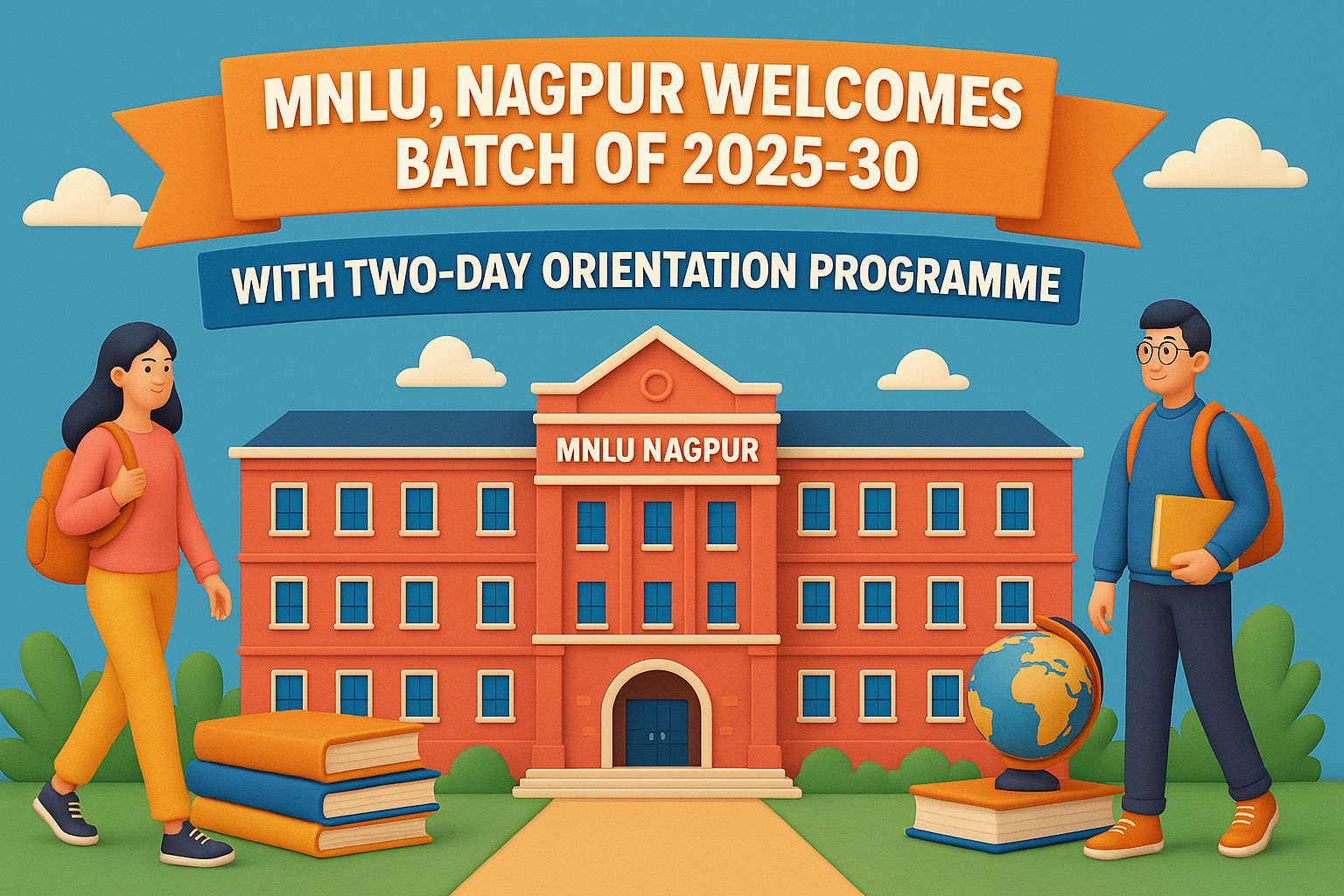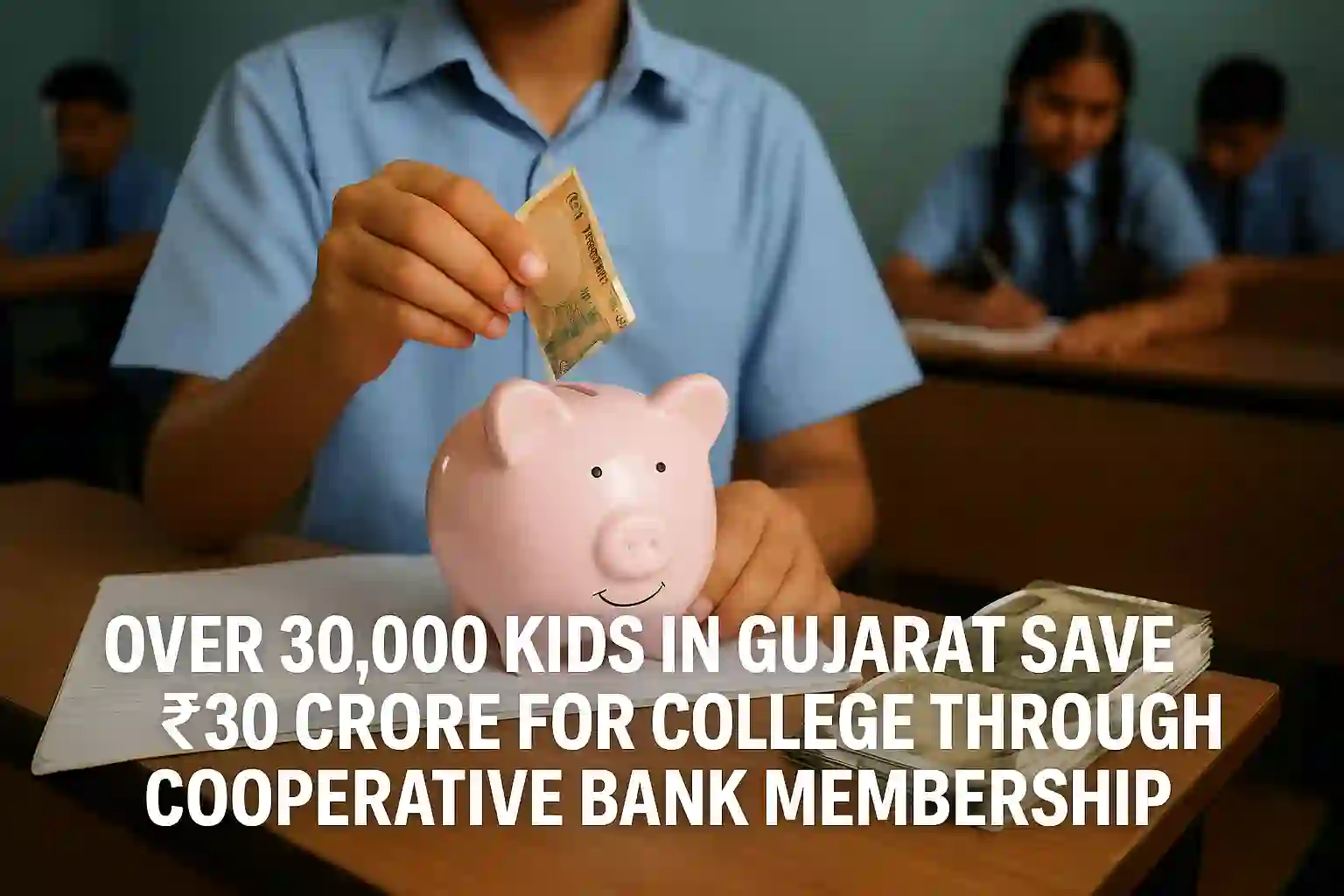A young student from Rudrapur, Sampada Tiwari, has made the country proud by becoming India’s only representative selected as a UNICEF Youth Foresight Fellow. She recently participated in a prestigious global workshop where she spoke about key issues like education inequality and youth participation in policy-making. Her confidence, clarity and bold vision left a strong impression on international delegates, who were surprised to see such maturity from a teenager.
I wanted to highlight Sampada’s story because we often read negative news about the state of youth engagement in India. But this is proof that young people, even from small towns, are ready to take up leadership roles on global platforms. Stories like these are important not just for the recognition, but for the inspiration they give to other students across India. I believe children need to see real examples of their peers doing great work beyond textbooks and exams. Sampada’s journey shows that with focus and purpose, one can rise above limitations and contribute meaningfully to the world.
Who Is Sampada Tiwari and Why Her Selection Matters
Sampada is a school student from Rudrapur in Uttarakhand. She was chosen after a multi-level screening process to represent India in the UNICEF’s Youth Foresight Fellowship, which includes 25 young changemakers from around the world. The fellowship focuses on including youth voices in the process of imagining and shaping the future—something that is often ignored in policymaking.
She is not from a metro city, nor does she come from a privileged background. But what sets her apart is her commitment to education equity, especially for girls in rural areas. Sampada has been involved in several local awareness campaigns and youth-led events in her town and school. Her voice, backed by lived experience, brought authenticity to her role.
What Happened at the Global Workshop
At the global workshop organised by UNICEF and other international partners, Sampada spoke about how Indian students, especially in small towns, face challenges like:
- Lack of access to updated learning resources
- Gender discrimination in schooling
- Poor career counselling in government schools
- The digital divide between urban and rural students
She didn’t just list problems. She also shared practical ideas such as introducing community-led learning spaces, career mentorship programmes, and involving youth in school management discussions. Her speech was well received and applauded by several country delegates and experts from UN bodies.
Role Model for the Youth
Sampada’s journey shows that age and geography don’t define capability. What matters is clarity of purpose. She’s been active in local school debates, community workshops and has also taken part in state-level awareness programmes for adolescent girls.
Here are a few takeaways from her journey:
- Speak up early: She started engaging in community issues from Class 9 itself
- Focus on one cause: Her consistent work on education gave her a clear path
- Use platforms well: She doesn’t chase likes on social media but uses platforms to share ideas that matter
- Involve others: She constantly encourages her classmates and juniors to participate in local projects
Why This Story Deserves Attention
At a time when most teenagers are caught up in academic pressure, Sampada has chosen a different path—one where she is shaping policy conversations and challenging systemic issues. The media often misses such stories from Tier-2 towns. But this is where India’s next generation of leaders is quietly taking shape.
Her work also aligns well with India’s New Education Policy, which aims to make learning more inclusive and youth-led. If more students like her get support, we could see more youth participation in national planning and implementation of schemes.



